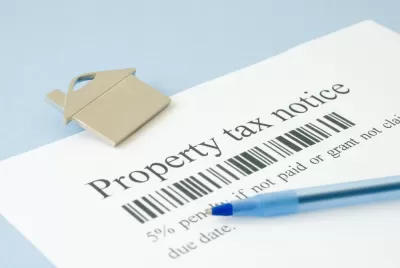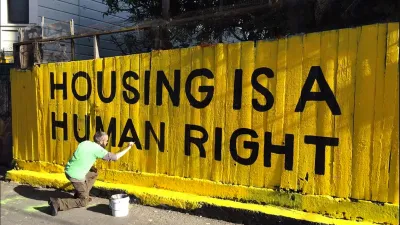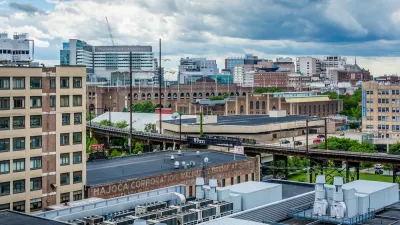Skyrocketing home values are driving up property tax bills, putting lower-income homeowners at risk of losing their homes.

There has been a lot of talk about how soaring home values, along with high interest rates, are making home ownership unaffordable for the majority of Americans. But it’s not just impacting home buyers. The average single family home price shot up nearly 40 percent over the last three years, resulting in increased property taxes for millions of homeowners. It’s a problem for fixed-income retirees and low-income homeowners in particular because property taxes tend to take a larger percentage of their income and they are at higher risk of losing their house when that bill skyrockets.
In response, state lawmakers across the country are seeking to ease the burden, reports Kevin Hardy from Stateline. Last year, Idaho legislature approved nearly $100 million in property tax relief for homeowners in the state’s most populous county and home to Boise, Ada County. That amounted to a median cut of more than $500 per home. Montana is offering rebates of up to $675 for 2023 and 2024, and has launched a task force charged with proposing a longer-term relief plan. In Wyoming, organizers are seeking to put a relief measure on the statewide ballot after legislative efforts failed. And Nebraska Gov. Jim Pillen has proposed to offset a property tax reduction with a sales tax increase.
Jared Walczak, vice president of state projects at the Tax Foundation, told Stateline he expects many other states—both blue and red—to tackle the issue this year.
Critics of across-the-board property cuts many states are considering say they are not sustainable, particularly when state revenues decline. Some are concerned such cuts could erode revenue for school districts and local governments. Alternatives to cuts include capping how much valuations of a home can rise each year or restricting the amount rates can increase.
FULL STORY: State lawmakers seek to limit property tax increases as home values soar

Study: Maui’s Plan to Convert Vacation Rentals to Long-Term Housing Could Cause Nearly $1 Billion Economic Loss
The plan would reduce visitor accommodation by 25,% resulting in 1,900 jobs lost.

North Texas Transit Leaders Tout Benefits of TOD for Growing Region
At a summit focused on transit-oriented development, policymakers discussed how North Texas’ expanded light rail system can serve as a tool for economic growth.

Why Should We Subsidize Public Transportation?
Many public transit agencies face financial stress due to rising costs, declining fare revenue, and declining subsidies. Transit advocates must provide a strong business case for increasing public transit funding.

How to Make US Trains Faster
Changes to boarding platforms and a switch to electric trains could improve U.S. passenger rail service without the added cost of high-speed rail.

Columbia’s Revitalized ‘Loop’ Is a Hub for Local Entrepreneurs
A focus on small businesses is helping a commercial corridor in Columbia, Missouri thrive.

Invasive Insect Threatens Minnesota’s Ash Forests
The Emerald Ash Borer is a rapidly spreading invasive pest threatening Minnesota’s ash trees, and homeowners are encouraged to plant diverse replacement species, avoid moving ash firewood, and monitor for signs of infestation.
Urban Design for Planners 1: Software Tools
This six-course series explores essential urban design concepts using open source software and equips planners with the tools they need to participate fully in the urban design process.
Planning for Universal Design
Learn the tools for implementing Universal Design in planning regulations.
Ascent Environmental
Borough of Carlisle
Institute for Housing and Urban Development Studies (IHS)
City of Grandview
Harvard GSD Executive Education
Toledo-Lucas County Plan Commissions
Salt Lake City
NYU Wagner Graduate School of Public Service





























